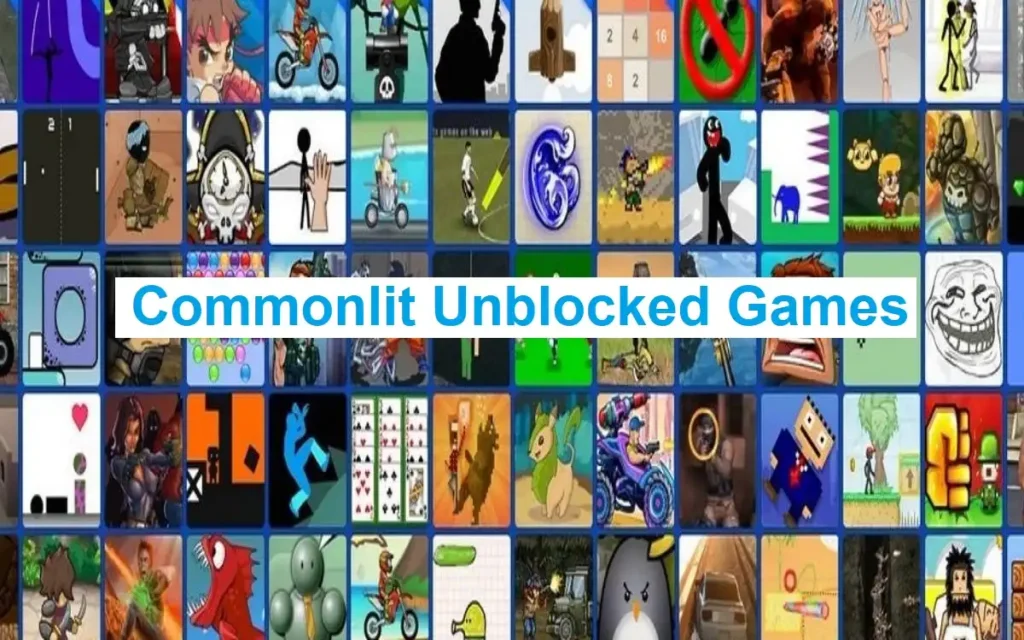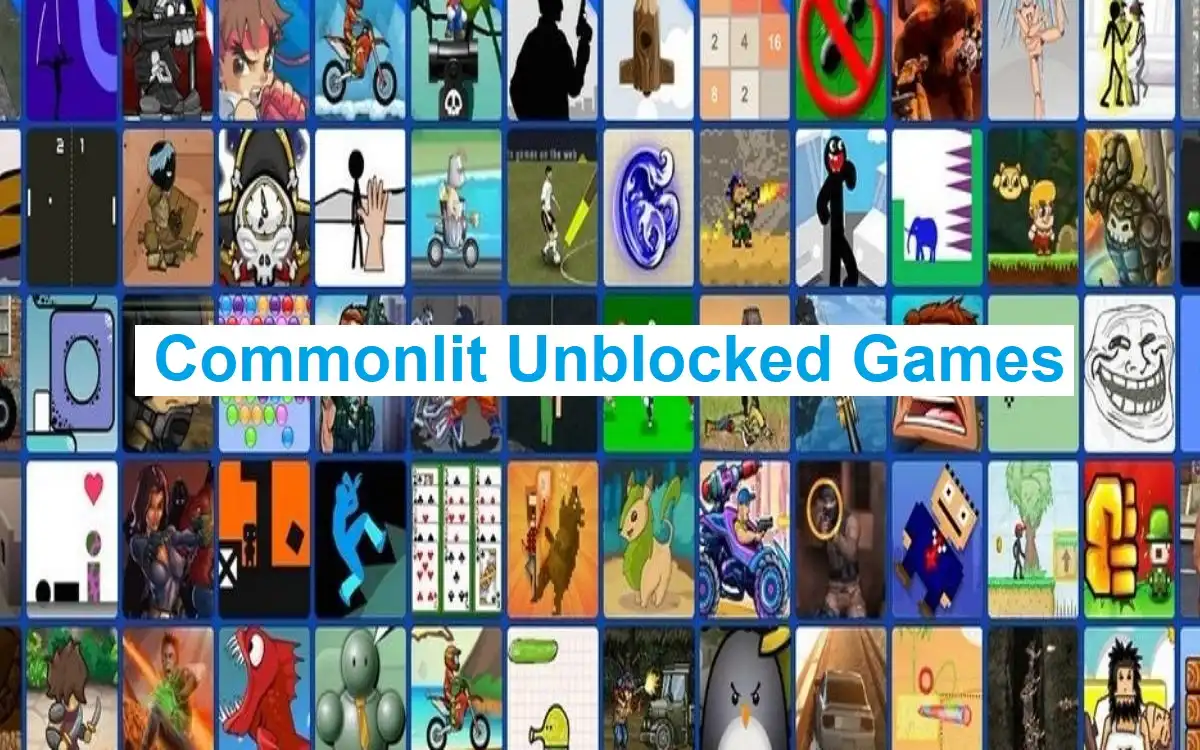The particularly effective approach is the use of educational games in the classroom. These games not only captivate students’ attention but also reinforce important concepts and skills in an interactive, enjoyable manner. We share the information about classroom-approved educational Commonlit Unblocked Games with its benefits, and how educators can effectively incorporate them into their teaching strategies.
The Power of Commonlit Unblocked Games Gamification in Education
Gamification, the application of game-design elements and principles in non-game contexts, has gained significant traction in educational settings. By leveraging the inherent appeal of games, educators can create more engaging and effective learning experiences.
Benefits of Educational Commonlit Unblocked Games
- Increased Engagement: Games naturally capture students’ interest, making learning more enjoyable.
- Active Learning: Students actively participate in the learning process, enhancing retention.
- Immediate Feedback: Many games provide instant feedback, allowing students to learn from mistakes quickly.
- Skill Development: Games can improve problem-solving, critical thinking, and collaboration skills.
- Personalized Learning: Many educational games adapt to individual student’s progress and abilities.
Top Educational Commonlit Unblocked Games for Different Subjects
Some of the best educational games approved for classroom use, categorized by subject area:

Mathematics
- Prodigy Math Game: An RPG-style game where math problems are seamlessly integrated into the adventure.
- DragonBox Algebra: Introduces algebraic concepts through puzzle-solving.
- Math Blaster: Combines fast-paced action with math problem-solving.
Language Arts
- Scribblenauts: Encourages vocabulary expansion and creative problem-solving.
- Quill: Focuses on grammar, writing, and proofreading skills.
- Word Dynamo: Offers vocabulary-building exercises in a game format.
Science
- Minecraft: Education Edition: Allows students to explore scientific concepts in a sandbox environment.
- Cells Alive!: Interactive games that teach about cell biology.
- NASA Climate Kids: Offers games related to earth science and climate change.
History and Social Studies
- iCivics: Provides games that teach about government, civics, and law.
- Mission US: Interactive adventures set in different periods of American history.
- Geography Games: Offers various games to improve geographical knowledge.
Coding and Technology
- Scratch: Teaches programming concepts through creating interactive stories and games.
- Code.org: Offers a variety of coding games and activities for all age groups.
- Tynker: Gamified platform for learning coding and computer science.
Implementing Educational Games in the Classroom
To effectively use educational games, consider the following strategies:
- Align with Curriculum: Choose games that complement your existing lesson plans and learning objectives.
- Set Clear Goals: Establish specific learning outcomes for each gaming session.
- Introduce and Debrief: Properly introduce the game and its purpose, and follow up with a discussion to reinforce learning.
- Monitor Progress: Use built-in analytics or create your own tracking system to measure student progress.
- Encourage Collaboration: Many games offer multiplayer options, fostering teamwork and communication skills.
Overcoming Challenges
While educational games offer numerous benefits, there can be challenges in their implementation:
- Technical Issues: Ensure your school’s technology infrastructure can support the games you choose.
- Time Management: Balance game time with other instructional methods.
- Differentiation: Select games that can accommodate different learning levels and styles.
- Cost: Many quality educational games require subscriptions or licenses. Look for free alternatives or seek funding options.
Case Studies: Success Stories
Elementary School Math Improvement
A third-grade class at Sunnyville Elementary incorporated Prodigy Math Game into their daily routine for 15 minutes. After three months, students showed a 25% improvement in math test scores and reported higher enthusiasm for math lessons.
Middle School History Engagement
Ms. Johnson’s 7th-grade history class used Mission US to supplement their American Revolution unit. Students reported a deeper understanding of historical events and showed increased participation in class discussions.
Comparative Table: Popular Educational Commonlit Unblocked Games Platforms
| Platform Name | Subject Areas | Age Range | Cost | Key Features |
| Prodigy Math Game | Mathematics | 1-8 grade | Free (Premium available) | Adaptive learning, RPG style |
| Minecraft: Education Edition | Cross-curricular | All ages | Paid (School licenses available) | Open-world, collaborative |
| Code.org | Computer Science | K-12 | Free | Hour of Code, full courses |
| iCivics | Social Studies, Civics | Middle/High School | Free | Government simulation games |
| Duolingo | Language Learning | All ages | Free (Premium available) | Gamified language lessons |
FAQs
Q1: How much time should be allocated to educational games in the classroom?
A: It varies depending on the curriculum and game type, but generally, 15-30 minutes per session, 2-3 times a week, can be effective without overshadowing other teaching methods.
Q2: Are educational games suitable for all learning styles?
A: Many educational games cater to various learning styles, including visual, auditory, and kinesthetic. It’s important to choose games that offer diverse learning experiences.
Q3: How can I assess student learning from educational games?
A: Many games provide built-in assessment tools. Additionally, you can use follow-up discussions, quizzes, or projects to evaluate understanding and application of concepts learned through games.
Q4: What about students without access to technology at home?
A: Focus on in-class gaming sessions and consider non-digital alternatives or board game versions of educational games for homework or additional practice.
Q5: How do I keep students focused on the educational aspect rather than just playing?
A: Set clear learning objectives, use games as part of a broader lesson plan, and follow up with reflective activities to reinforce the educational content.
Finally
Educational Commonlit Unblocked Games offer a powerful tool for enhancing classroom learning, combining engagement with educational value. By carefully selecting and implementing these games, educators can create dynamic, interactive learning environments that cater to diverse student needs and learning styles. As technology continues to evolve, the potential for educational gaming in the classroom only grows, promising exciting new ways to unlock students’ learning potential.
Remember, while games can be an excellent supplement to traditional teaching methods, they should be part of a balanced, comprehensive educational approach. By thoughtfully integrating educational games into the curriculum, teachers can foster a love for learning that extends beyond the classroom, preparing students for a future where adaptability and lifelong learning are key to success.
For More Unblocked Games Update Visit Here

